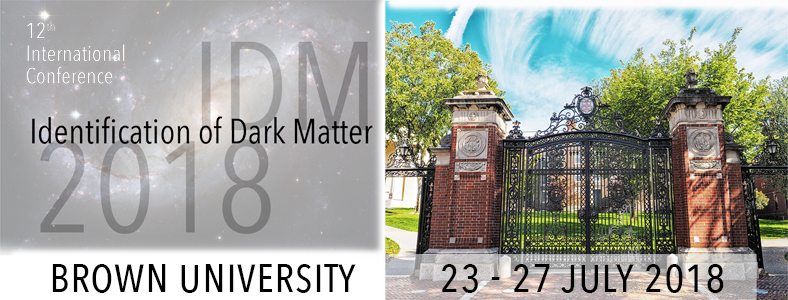Conveners
1.6 Theory
- Savvas Koushiappas (Brown University)
New and improved limits on Dark Matter interactions with baryons, for DM masses in the GeV range and below, are reported from XQC, CRESST-surface run and DAMIC (Mahdawi-Farrar 2018).
Also reported will be the recent determination of the Earth’s atmosphere of DM, which provides strong new constraints for DM in this mass range from HST’s orbital decay, storage times of liquid He and other...
We investigate the prospects of searching dark sector models via exotic Z-boson decay at future e+e− colliders with Giga Z and Tera Z options. Four general categories of dark sector models: Higgs portal dark matter, vector portal dark matter, inelastic dark matter and axion- like particles, are considered. Focusing on channels motivated by the dark sector models, we carry out a model...
We explore the physics potential of using precision timing information at the LHC in the search for long-lived particles (LLP). In comparison with the light Standard Model particle produced from the hard interactions, the decay products of massive LLPs arrives at detectors with sizable time delay. We propose new strategies to take advantage of this property, using the initial state radiation...
This talk presents results from the CMS experiment on searches for dark matter mediator particles. The searches target new bosons decaying into dijet final states. Techniques for studying low-mass resonances below the typical threshold for conventional dijet resonance searches are emphasized, including the use of data scouting, online bottom quark tagging, and boosted mediator production due...
Identifying signatures of dark matter at indirect-detection experiments is generally more challenging in non-minimal dark-matter scenarios than it is in scenarios involving a single dark particle. The reason is that the partitioning of the total dark-matter abundance across an ensemble of particles with different masses tends to "smear" the injection spectra of photons and other cosmic-ray...
